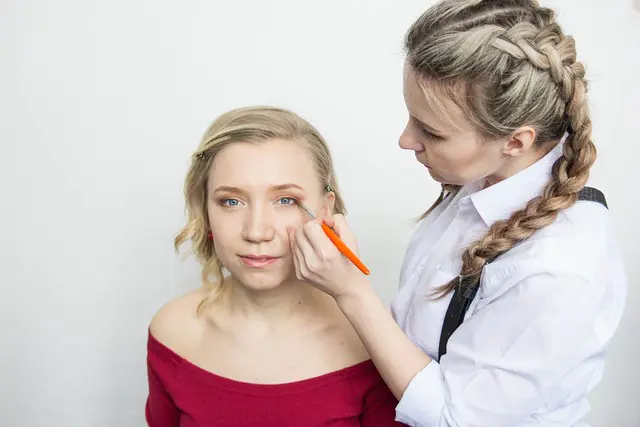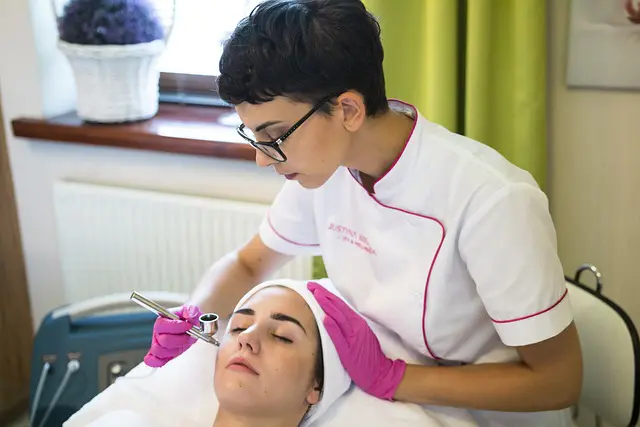Venturing into the realm of skincare can be an overwhelming experience, with a multitude of products and ingredients promising remarkable outcomes. Sorting through the myriad of moisturizers, serums, sunscreens, and exfoliants to find the essentials is quite a challenge. The secret to achieving and preserving luminous, healthy skin is rooted in comprehending the scientific principles that underpin your skin's requirements.
This article delves into the science of skin, examining its strata, functions, and the interplay between various ingredients and your skin. We will address prevalent skin concerns such as acne, aging, and dryness, and provide guidance on personalizing your skincare regimen to cater to your skin's specific needs.
1. Building Blocks of Healthy Skin: Grasping Skin Anatomy
Before you can select the appropriate skincare products, it's essential to have a clear understanding of the structure and function of your skin. Your skin is not merely a protective shield—it is a sophisticated organ that carries out crucial tasks to safeguard your body. Here is a concise overview of its layers and their functions:
Epidermis: The Outer Protective Barrier
The epidermis is the outermost layer of the skin, serving as your initial line of defense. It is composed of several layers of cells, with the stratum corneum being the uppermost, consisting of dead skin cells that safeguard your body from environmental harm. The epidermis also houses melanocytes, cells that produce melanin, the pigment that determines your skin color.
- Key Functions: The epidermis shields against harmful microorganisms, prevents dehydration, and protects against ultraviolet radiation.
- Key Components: Melanocytes (pigment production), keratinocytes (structural integrity), and Langerhans cells (immune response).
Dermis: The Layer of Skin Resilience
The dermis, situated beneath the epidermis, is vital for your skin's strength and elasticity. It contains collagen and elastin fibers, which provide the skin with its firmness and flexibility. The dermis also includes sweat and sebaceous glands, hair follicles, and blood vessels that supply nourishment and oxygen to the skin.
- Key Functions: The dermis supports the epidermis, regulates body temperature, and assists in skin repair and regeneration.
- Key Components: Collagen (strength), elastin (flexibility), sebaceous glands (oil secretion), and sweat glands (temperature regulation).
Hypodermis: The Subcutaneous Layer
The hypodermis, or subcutaneous layer, is positioned below the dermis. It is comprised of adipose and connective tissues that insulate and cushion the skin, protect internal organs, and aid in energy storage.
- Key Functions: Insulation, cushioning, and energy conservation.
- Key Components: Adipose cells, connective tissue, and blood vessels.
2. Common Skin Issues: Exploring the Science
Our skin encounters numerous challenges based on factors such as age, environment, lifestyle, and genetics. Let's explore some common skin concerns and how understanding the science behind them can assist in their management.
Acne: The Conundrum of Oil Blockages
Acne occurs when hair follicles become obstructed with sebum, dead skin cells, and bacteria. The sebaceous glands produce excessive oil (sebum), which can become trapped in the pore, leading to inflammation and breakouts. Acne is most commonly seen during adolescence due to hormonal changes that increase oil production, but it can also affect adults.
- Main Causes: Overactive sebaceous glands, pore blockage, bacterial activity, and inflammation.
- Strategies: Utilize products that










